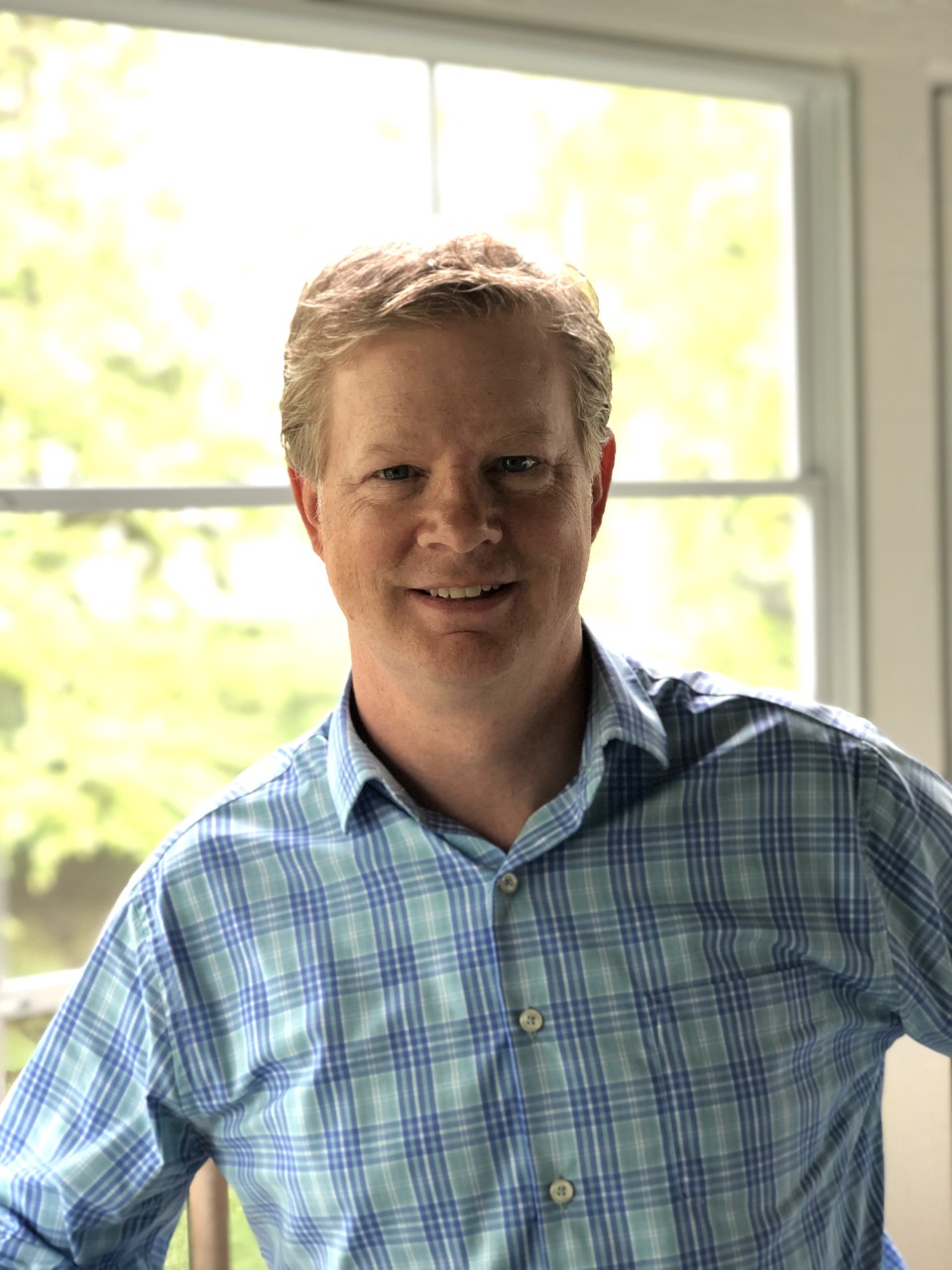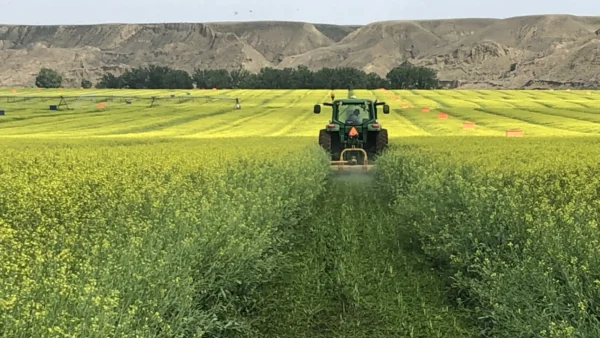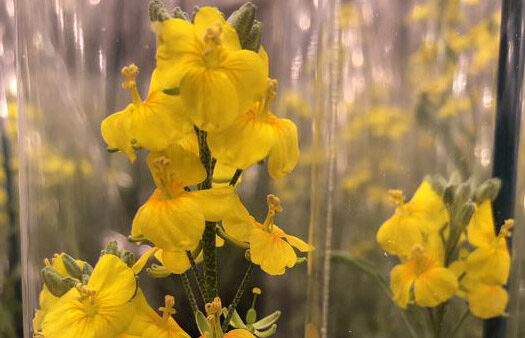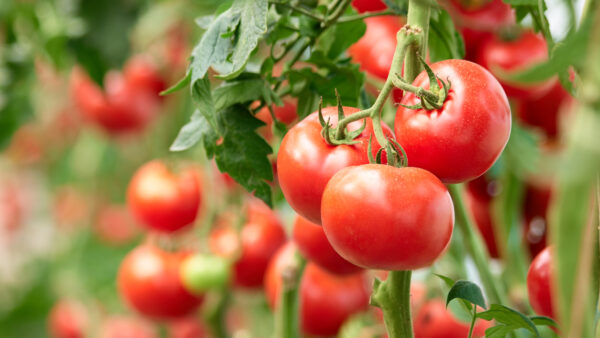The whole team at Seed World U.S. wishes you and yours the happiest of holidays. To celebrate the season, we’re bringing you the 12 Days of Christmas, Seed World style: 12 days of some of the most important stories of the year, both from Seed World U.S. and our sister publications: Seed World Europe, Seed World Canada, and Seed World LatAm. When you need a break from family and feasting, escape to some great reading right here.
On the 8th Day of Christmas, Seed World brings to you:
Strength in partnerships
Editor’s note: In exactly two weeks, independent seed companies from across North America will be meeting in Indianapolis for the 35th annual Independent Professional Seed Association Conference. Admittedly, it’s tough being an independent these days. However, opportunities certainly remain. In 2023, we brought you a story about independents finding success through partnerships.
Will you be attending the IPSA Conference Jan 15-18? If so, pop by our Seed World Media Center. I’d love to chat about how your business is looking forward to navigating 2024’s opportunities and challenges.
Independents are Partnering with Purpose
If you’ve been in the seed industry long enough, you’ll know that over the past few decades, the industry has undergone rapid consolidation.
“We’re seeing a lot less competition and a lot more consolidation in many industries — not just seeds,” says Phil Howard, professor in the Department of Community Sustainability at Michigan State University, in a recent Seed World Strategy Webinar. “There’s a trend towards fewer and larger firms.”
Within the last 10 years, consolidation in larger firms has been prominent, and large firms aren’t the only companies finding benefits in mergers and acquisitions. Independents are finding strength in collaboration as well.
“While we’ve seen consolidation recently, it’s not necessarily a sharp increase,” said Todd Martin, CEO of the Independent Professional Seed Association (IPSA), in a previous Seed World article. “It’s for a whole host of reasons: business is tougher, companies have to be able to mark growth and we’re seeing retirements and succession planning play into this.”
Mergers and acquisitions, in addition to succession planning, are proving to be helpful for businesses experiencing lower margins, but it also provides new ways to expand and grow an independent business through partnership.
Partnering with Purpose in Mind
Why are independents finding growth through mergers and acquisitions lately? As competition and business overall get tougher in the seed space, collaboration allows independents to think outside of the box while preparing the company strategically for the future.
That was the case for La Crosse Seed in 2018 when the company was acquired by DLF — not only did it provide an opportunity to grow the business, it also provided a strategic exit plan for the future of the company.
“Part of the exit strategy for Rural American Fund with La Crosse Seed was to eventually find an exit partner that would take La Crosse into the next era of its existence,” says Dan Foor, senior vice president of Distribution at DLF North America. “At the same time, DLF was looking for an opportunity to expand its presence in the North American market, and in particular, into the distribution space.”

As the largest forage and turf seed development company in the world with a very strong R&D backbone, Foor believed that DLF would make an excellent partner to help bring La Crosse into its next generation of life.
“Virtually every business seems to have an exit plan, right?” he says. “If you’re an independent business owner, depending on the stage of life you’re in, you might have a succession plan internally with a son or daughter who’s willing to take over the business. But eventually, at some point you’ve got to think about ‘What’s the next chapter for my business?’”
Networking and being in contact with other companies to find an exit partner for the business as it goes forward is another way for succession planning. DLF brought that strategy and new life for La Crosse.
“We see it all around agriculture and other industries — there is an advantage of being vertically integrated and streamlining the supply chains that can get quite complicated,” Foor says. “This was really evident during recent times with the challenges experienced globally during the pandemic. Having a ‘line of sight’ so to speak on the market demand and being able to communicate and coordinate those needs efficiently helped us take care of our customers the best we could.”
One of the biggest benefits has been the ability to let his team continue to grow professionally.
“We’ve had several colleagues take on exciting new challenges and will play a bigger role in moving our part of the seed industry forward,” he adds.
Foor’s company isn’t the only independent company finding benefits through mergers and acquisitions.
Another company that’s been through some extensive acquisitions since 2021 is Rob-See-Co, an independent corn, soybean and forage company based in Nebraska. Since February 2021, Rob-See-Co has undergone six acquisitions to help expand and grow the business.
The ultimate goal when starting Rob-See-Co in 2013 was that the company needed a percent market share in both corn and soybeans to be relevant, according to Rob Robinson, owner and CEO of the company.
“We wanted to make sure that we had the size and scale to be able to sit at the table with germplasm and trait suppliers and have a meaningful presence in the industry,” Robinson says. “We thought that would be about a percent in corn — which is 330,000 units of corn, and a percent in soybeans, which is about 880,000 units.”

To achieve that percent at first, the company focused on organic growth — Robinson built the business up to about 130,000 units of corn and 175,000 units of soybeans through organic growth.
Unfortunately, organic growth can only get you so far in business. The next viable option to grow and maintain growth to the desired market share in both corn and soybeans seemed to be through acquisitions.
“We’ve been hot on the trail of acquiring companies,” Robinson says. “The timing has been good because there’s a margin squeeze going on in the industry, and it’s really hitting everybody. There’s a real drive to become more efficient and to differentiate so that you have a place in the market.”
Because of that margin squeeze, Robinson says plenty of companies have been looking around and asking: “What am I going to do to deal with this?” The answer for him at least seemed simple: start looking for new ways to innovate and collaborate with other organizations to continue growth despite a margin squeeze.
Since those acquisitions, Robinson says that they’re getting closer to their market shares — Rob-See-Co is up to 300,000 units of corn and 450,000 units of soybeans.
“We don’t really want to stop there, but that’s the threshold we want to meet,” he adds.
For Colin Steen and Legacy Agripartners, the same is true — to make it in today’s marketplace, Steen believes the answer is collaboration through partnership.
“The reality of the market is that today, a little more size helps you weather the storm,” Steen, CEO of Legacy Agripartners, says. “A little diversity helps you weather the storm. Say when the alfalfa markets are down a little bit, corn and soybeans are doing better.”
That diversity that Legacy Agripartners has gained by acquiring different brands with different products and skill sets has allowed more opportunity than if it was just the original brand — Legacy Seeds — on its own.

“The more opportunities we have to get on the farm and talk about the solutions and variety of solutions only helps growers,” he adds. “We can go to a dairy farmer in Wisconsin that grows soybeans and corn and talk to them about alfalfa or even triticale. The choice isn’t just a big-name brand — we can offer a variety of solutions that makes the most sense agronomically for the farmer. These collaborations and acquisitions have allowed us to do that much better than we could have independently as each brand.”
But, for the companies that Legacy Agripartners acquired, it’s more than diversity. It provides more long-term planning for the future.
Once the reasons for acquisitions have been established, from there, it’s all about identifying the right partner for the job.
Read part two of this article here.













